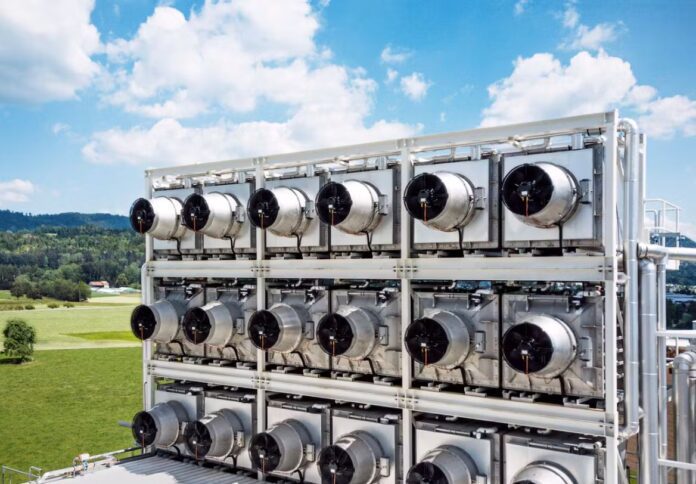
Research on developing direct air capture (DAC) technologies is seeing an acceleration as Australia and the rest of the world seek to reach ambitious emission targets, according to CSIRO.
According to Dr Claudia Echeverria, the research group lead of CSIRO’s Sustainable Carbon Technologies team, which is progressing some of the government agency’s efforts in the space, DAC technologies are attracting more and more global scientific research and commercial interest.
DAC technologies are designed to capture CO2 directly from the atmosphere, which can then be used to manufacture carbon-based products.
A 2022 report from the International Energy Agency revealed that there are 18 DAC facilities operating in Canada, Europe and the United States— 15 of which have been commissioned by Swiss-based Climeworks.
However, all of the facilities are small-scale, with some capturing single-digit CO2 tonnes per year. The biggest one, located in Iceland, currently captures about 4,000 tonnes of CO2 a year.
An IPCC analysis has found that up to 20,000 million tonnes per year of CO2 are needed to be removed in order to achieve global climate targets by 2050. This is equivalent to removing a Melbourne Cricket Ground full of CO2 every 4.37 seconds.
Dr Paul Feron, a senior research principal scientist leading work on Carbon Capture, Utilisation and Storage solutions globally, said CSIRO has diverse technologies under development as deployment options and integration with carbon storage and utilisation are being assessed in a technological and economic sense.
CSIRO’s project-focused teams of scientists, engineers, economists, and business developers are collaborating across Australia, the United Kingdom, and the United States to develop a range of DAC technologies.
CSIRO said the main challenge for researchers working on DAC is upscaling the technology to a point where it comes a feasible, cost-effective means for carbon dioxide storage or utilisation.
Dr Echeverria said approaching this problem from the perspective of a circular carbon economy also means seeing CO2 in the atmosphere as an untapped resource rather than just a pollutant.




















